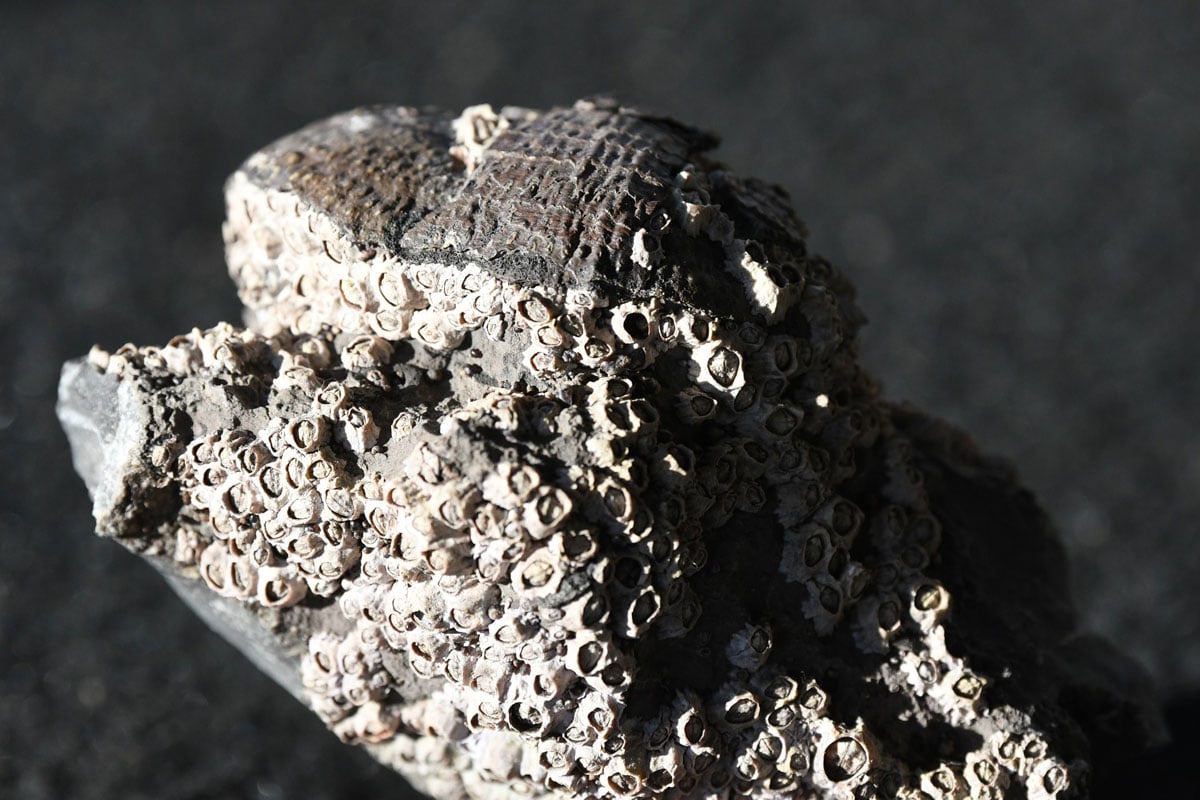
Climate change and its consequences can be felt all over the world. More and more species are threatened with extinction. Not only mammals and insects, but also fish and marine organisms. The marine ecosystem is severely damaged by the warming up and acidification of the sea water. And also due to a lack of oxygen. It’s predicted that the extinction of species will be even more pronounced by the end of this century. Biologists and palaeontologists use a variety of methods during their research to identify which groups of animals are at the most risk.
In order to be able to predict which animal groups are most threatened by climate change, a research team from the Friedrich-Alexander-Universität Erlangen-Nürnberg (FAU), the Museums für Naturkunde Berlin (Natural History Museum Berlin) and the Alfred-Wegener Institute compared data between fossils and that of marine organisms which are alive today.
Biologists assume that it is these species in particular that are most under threat. That’s because they seem to be especially susceptible to warmer temperatures or lack of oxygen under laboratory conditions. These scientists gain their insights by extrapolating data from experimental studies. Palaeontologists, on the other hand, rely on reliable results from fossil data. In their opinion, animal groups that have already reacted particularly sensitively to earlier, “natural” warming phases will be more severely affected.
In a study by a German team led by Dr. Carl Reddin, (Natural History Museum Berlin) and Prof. Dr. Wolfgang Kießling of the Palaeoenvironment department at FAU, data from both approaches are now being combined for the first time.

Fish are especially sensitive to changing conditions
As part of the study, palaeontologists evaluated millions of fossil discoveries. They searched for any regularities in terms of “extinction sensitivity” within animal groups as well as functional properties. Biologists also collected previously published data from experiments whereby marine animals were exposed to global warming, acidification, ocean deoxygenation or a combination of all these factors.
The results showed that fish reacted especially sensitively to changing external conditions. Regardless of the massive differences in the space-time ranges considered. In contrast, snails and oysters were evidently less endangered.
The scientists explain that the study consequently provides an important basis for future cooperation. Biologists could use data from fossils to make more accurate predictions about the fate of species where there is no experimental research available. Conversely, palaeontologists could use the experiments to assess the most relevant factors involved in the extinction of species. Researchers cite as a key finding of the study that the experiments had demonstrated that, among other things, the combination of global warming and oxygen deficiency is particularly lethal.
The study is the culmination of work carried out by the TERSANE research group at FAU. In this interdisciplinary project, eight research groups examined the conditions under which greenhouse gas emissions can reach catastrophic proportions and how these are linked to biodiversity crises.
The results of the research were published in the professional journal Nature Climate Change.
Above photo: Live barnacles and snails settle in the crevices formed by a brachiopod fossil that’s more than 300 million years old. Fossil data analysis can help protect present-day marine organisms. (Photo: Steve Prior, Carl Reddin)








